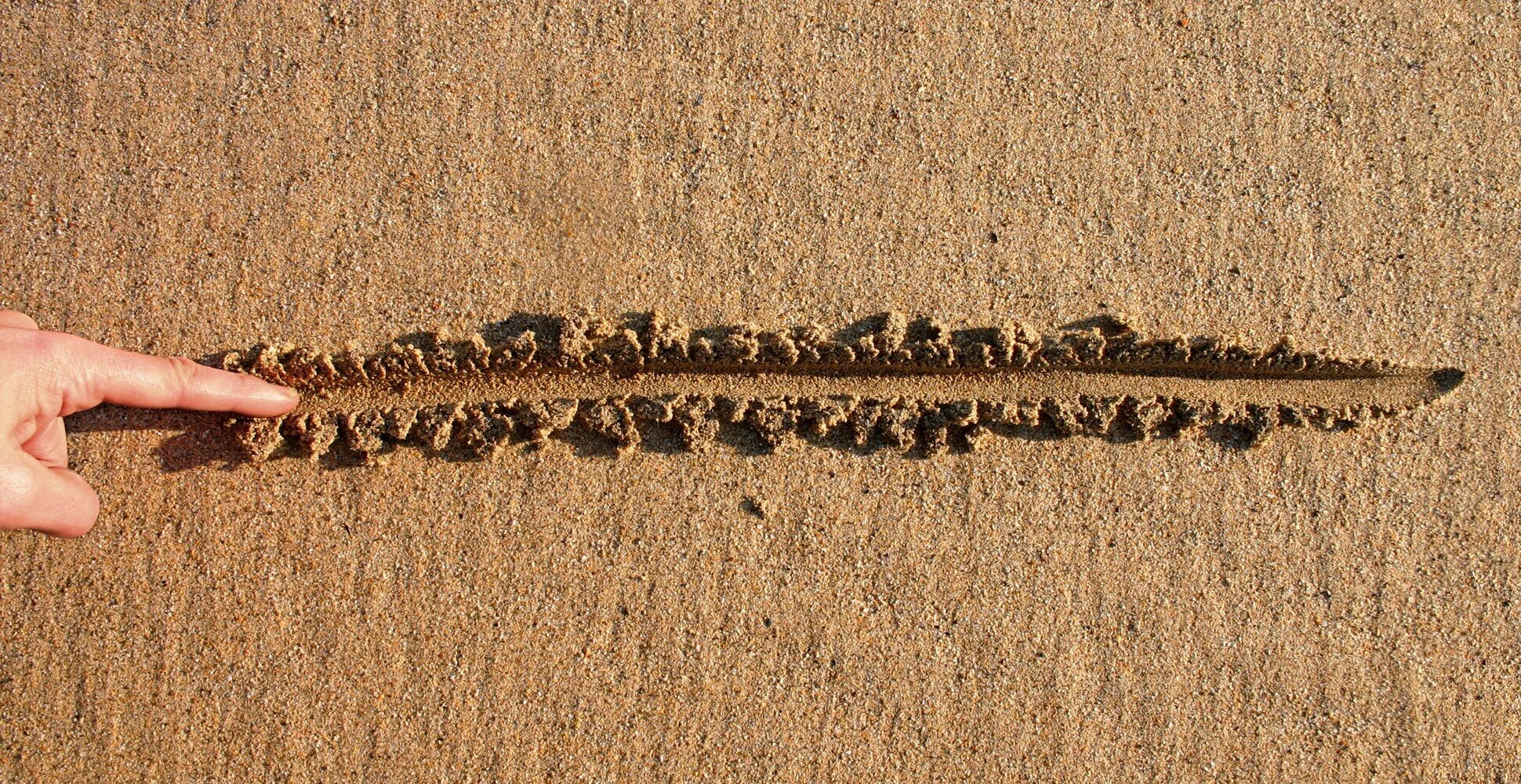A provocative title, so allow me to specify at the outset what exactly I am highlighting and the limits of the argument. Firstly and most importantly, let me make it clear that I am excluding from the discussion the necessary and vitally important domain of child-protection and the protection of vulnerable adults under law. What I am specifically referring to is the concept creep that has seen the safeguarding approach extended to sportsmen and women at senior level, who are otherwise (in the eyes of the law) deemed responsible adults capable of providing informed consent, making decisions and advocating on their own behalf. I am also excluding clear cases of misconduct that unamibiguously violate professional ethics and the boundaries of the athlete-coach relationship - for instance, sexually inappropriate behaviour or physical abuse. What I am also highlighting is the mission creep of those charged with investigating such claims and the present danger of over-reach. Why I feel these trends need to be challenged is that the safeguarding system if left unchecked threatens to penalise coaches simply for carrying out their proper duties.
Cool Stories and Zombie Ideas
Every now and then a new concept spreads like wildfire and is soon adopted at scale by organisations and professionals within a given domain. This is a scenario that seems to be especially prevalent within professional sport and the performance sciences in general. Initially early adopters are drawn in by an appealing message and a story that they find compelling. As the idea gathers steam, the growing uptake seems as much motivated by anxiety and the sense that ‘everybody else seems to be into this, so perhaps I should be too’. In due course the concept becomes firmly established and its legitimacy is widely accepted. For those caught up by this wave (or mown down by it) this all seems to occur with dizzying speed. All of this speaks to the captivating effects of ideas and the power of narratives. It also begs the question how might we avoid being taken captive and resist being swept up by the tide. Even once the wave has subsided, these events leave in their wake a detritus of zombie ideas that we as leaders, coaches and practitioners must navigate thereafter.
Diversity and Inclusion in Elite Sport
Elite sport is not immune to shifts in cultural norms and conventions in wider society. The number of diversity and inclusion roles have increased 60% in the UK over the past five years, and this has started to be mirrored in sporting organisations. The governance and national sport systems for Olympic sports are government funded, so it perhaps unsurprising that these organisations might be prompted to adopt policy that is becoming the norm in other sectors. That said, professional sports have also begun to follow this trend, notably in the US. In this post we consider what diversity and inclusion means in the context of sport at elite level.
Where Do We Draw the Line in Elite Sport?
Recent scandals, including multiple allegations and criminal cases of serious abuse, have rocked sport around the world. Arguably the most egregious example is the case of USA gymnastics, which should serve as a cautionary tale for everybody involved in sport at all levels. Against this backdrop, there has been something of an avalanche of allegations of bullying and improper conduct that are presently playing out in the public sphere. In turn, this has prompted calls for national sporting bodies to be less obsessively driven by winning medals. The perils of the ‘winning at all costs’ mentality have been cited as the reason behind the toxic environments and climate of fear that has been alleged in multiple sports, notably in the investigations that are presently ongoing within the UK. But of course winning on the world stage does come at a cost, both financial and personal. So where should we draw the line?







